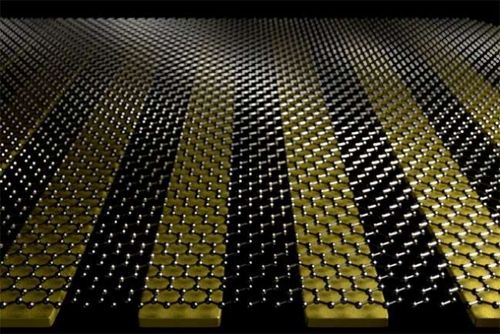Graphene is a two-dimensional material that has unique properties, making it promising for various applications in various fields. Graphene is a carbon-based nanomaterial that consists of single layers of carbon atoms arranged in a hexagonal lattice structure. It is incredibly strong, lightweight, and flexible, making it ideal for a variety of applications.
(what can we use graphene for)
One of the most significant applications of graphene is in electronics. Graphene is a highly conductive material that makes it ideal for building high-speed electronic circuits. It is also resistant to corrosion and wear, making it an excellent choice for electronics manufacturing. Graphene can be used as a replacement for traditional metal components in electronic devices, reducing costs and increasing efficiency.
Another application of graphene is in energy storage. Graphene batteries are a type of rechargeable battery that uses the unique properties of graphene to store energy. They are extremely efficient and have a long lifespan, making them ideal for portable devices such as smartphones and laptops. Graphene is also a good conductor of electricity, making it a potential candidate for renewable energy storage.
Graphene is also being explored as a new material for medicine. It is an excellent biocompatible material that can be used to create medical implants, drug delivery systems, and even tissue engineering constructs. Graphene is also showing promise in the development of new drugs and materials for cancer treatment.
In addition to its many applications, graphene has potential benefits for sustainability. Graphene is a highly transparent material that allows for better energy capture and management. This could help to reduce greenhouse gas emissions and promote sustainable energy sources. Additionally, graphene is a good conductor of heat, which means that it can be used to improve the performance of heating and cooling systems.
Despite its numerous potential applications, there are still some challenges that need to be addressed before graphene can become a mainstream technology. One of the main challenges is the cost of producing large quantities of graphene. The production process is currently limited to a few hundred grams per year, making it expensive and not widely available.
Another challenge is the scalability of graphene. Currently, the material is only suitable for thin films, and scaling up the production process is not yet possible. Additionally, the stability of graphene under extreme conditions, such as high temperatures or mechanical stress, needs to be improved before it can be used in practical applications.
(what can we use graphene for)
In conclusion, graphene has many potential applications in various fields, including electronics, energy storage, medicine, and sustainability. Despite some challenges, graphene is expected to play a major role in shaping the future of technology and energy. As the technology continues to develop, it will be exciting to see how graphene is applied in new and innovative ways.




